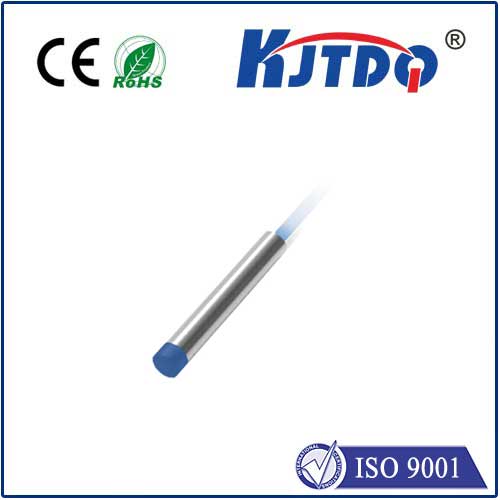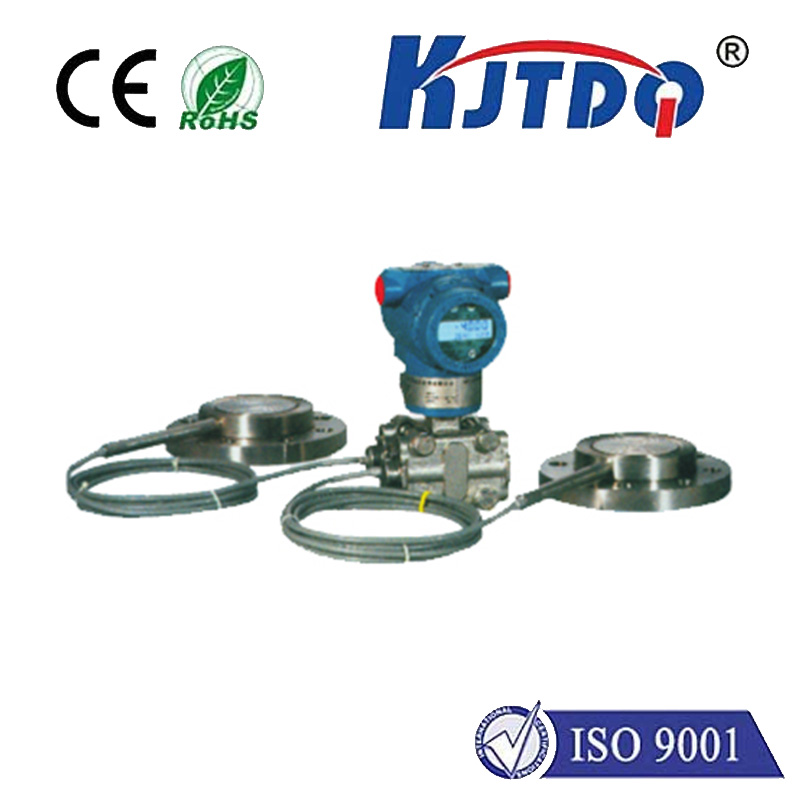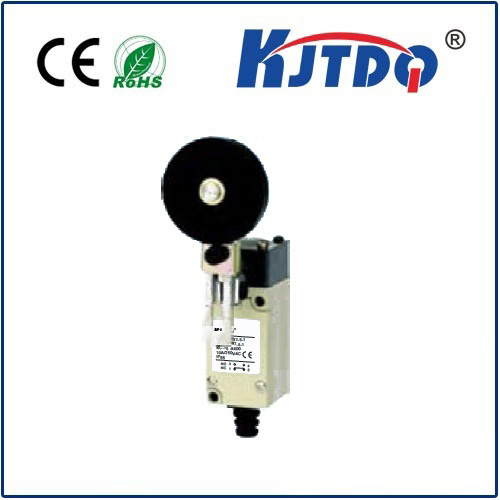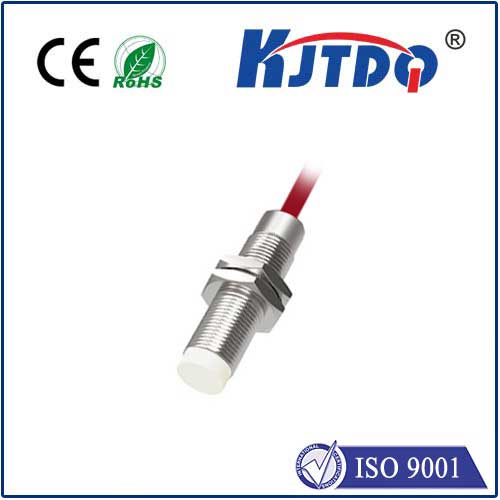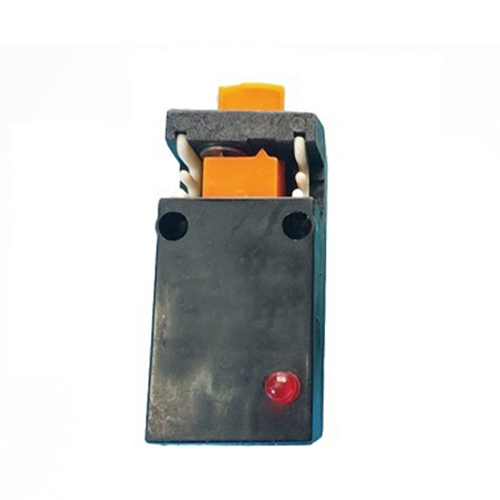PN2515 pressure sensor
- time:2025-09-24 02:28:25
- Click:0
The PN2515 Pressure Sensor: Precision Sensing Where Space is Tight
In the intricate world of modern machinery, electronics, and vehicles, reliable pressure monitoring is non-negotiable. From ensuring optimal engine performance to safeguarding delicate medical instruments, accurate pressure data is the silent guardian of countless systems. Yet, integrating this critical sensing capability often presents a challenge: space is frequently at a premium. This is precisely where compact, high-performance pressure sensors like the PN2515 shine. Designed for applications demanding exceptional precision within confined spaces, the PN2515 has become a cornerstone component across diverse industries.
Understanding the PN2515: Beyond the Part Number
The designation “PN2515” typically refers to a specific model within a manufacturer’s line of pressure sensors or transducers (the terms are often used interchangeably, though technically distinct). Its defining characteristic is its compact PCB (Printed Circuit Board) mountable form factor. This design allows it to be directly soldered onto a circuit board, facilitating seamless integration into electronic assemblies where surface area is limited. Key attributes that define this pressure sensing solution include:

- Compact Footprint: Its small size is arguably its most significant advantage, enabling installation in locations inaccessible to bulkier sensors.
- PCB Mount Design: Facilitates direct integration into electronic control units (ECUs), instruments, and diagnostic equipment, simplifying assembly and reducing wiring complexity.
- Pressure Range: Commonly available in ranges suitable for low-pressure applications (e.g., 0-15 PSI, 0-50 PSI, 0-100 PSI variants exist, though specific availability depends on the supplier/manufacturer). This makes it ideal for measuring pressures like manifold pressure, fuel pressure, or subtle pneumatic/hydraulic pressures.
- Output Signal: Typically provides a ratiometric analog output, often 0.5V to 4.5V (or 10%-90% of the supply voltage), proportional to the applied pressure and the supply voltage. This output is readily compatible with most microcontrollers and analog-to-digital converters (ADCs).
- Media Compatibility: Engineered to handle common benign gases and liquids, often with an integrated O-ring seal protecting the sensing element. Compatibility with harsh media requires verification or specific variants.
- Robust Construction: Built to withstand demanding operating temperatures and the vibrations inherent in automotive and industrial environments.
- Cost-Effectiveness: Offers a compelling balance of performance, reliability, and price for high-volume applications.
Where the PN2515 Excels: Core Applications
The unique blend of size, robustness, and performance positions the PN2515 pressure sensor as the go-to solution in several critical domains:
- Automotive Engine & Drivetrain Management: This is arguably its most prominent battleground.
- Manifold Absolute Pressure (MAP) Sensing: Crucial for modern fuel injection systems, the PN2515 provides the ECM (Engine Control Module) with real-time intake manifold pressure data. This is fundamental for calculating air mass, optimizing fuel trim, spark timing, and ensuring efficient combustion across varying altitudes and loads. Its compact size allows direct mounting on the intake manifold or integration within the engine ECU.
- Fuel Vapor Pressure Monitoring: Within EVAP (Evaporative Emission Control) systems, PN2515 sensors help detect leaks and monitor fuel tank pressure, ensuring compliance with stringent emission regulations.
- Transmission/Hydraulic Pressure: Monitoring pressures within automatic transmissions and hydraulic control systems.
- Turbocharger/Boost Pressure: Essential for controlling boost levels in turbocharged engines.
- Exhaust Gas Recirculation (EGR): Monitoring pressures within the EGR system loop.
- Industrial Control & Automation:
- Pneumatic & Low-Pressure Hydraulic Systems: Monitoring air pressure in control lines, pneumatic actuators, and small hydraulic circuits.
- Process Control: Gauging pressures in fluid handling equipment, filtration systems, and low-pressure tanks.
- HVAC&R (Heating, Ventilation, Air Conditioning, and Refrigeration): Monitoring refrigerant pressures and airflows within compact systems.
- Instrumentation: Integrated into portable diagnostic tools and fixed monitoring equipment where space is constrained.
- Medical Devices:
- Portable Diagnostic Equipment: Used in devices measuring patient respiration, blood pressure (ancillary roles), or fluid delivery pressures. Medical use requires stringent validation for biocompatibility, sterility (if patient-contacting), and regulatory compliance (e.g., FDA, ISO 13485), so specific medical-grade variants or certifications are essential.
- Lab Equipment: Precise pressure sensing within compact analyzers and fluidic systems.
- Consumer & Commercial Products:
- Appliance Controls: E.g., coffee makers, beverage dispensers, washing machines.
- HVAC Thermostats & Controls: Measuring ambient pressure for altitude compensation or airflow sensing.
Key Advantages Driving Adoption
- Space Optimization: Its PCB-mount capability is transformative, enabling pressure sensing in locations previously impossible.
- Simplified Integration: Reduces assembly complexity and potential failure points associated with external wiring harnesses for remote sensors.
- Cost-Efficiency: Provides high-quality pressure data at a competitive price point, crucial for high-volume manufacturing like automotive.
- Reliability: Proven performance under demanding conditions like under-hood automotive environments.
- Good Accuracy & Linearity: Delivers the precision necessary for critical control tasks like engine management within its specified range.
Specification Spotlight: Typical PN2515 Parameters
| Feature |
Typical Specification/Value |
Notes |
| Pressure Range |
15 kPa to 700 kPa (Common Ranges)(e.g., 0-15 PSI, 0-50 PSI, 0-100 PSI) |
Specific range depends on manufacturer/model |
| Output Signal |
Ratiometric Analog Output0.5V - 4.5V @ 5V Supply (10%-90% Vsupply) |
Compatible with most MCUs/ADCs |
| Supply Voltage |
4.75V to 5.25V |
Standard automotive/compatible voltage |
| Accuracy |
±1.0% to ±2.5% FSO (Full Scale Output) |
Varies; includes non-linearity, hysteresis |
| Operating Temp |
-40°C to +125°C / +150°C |
Wide range suitable for automotive/industrial |
| Media Type |
Clean, dry gases; compatible liquids |
Verify specific media compatibility; O-ring seal common |
| Port Type |
Barbed port or grommet seal |
Facilitates connection to tubing |
| Package |
Compact, PCB mountable |
Key differentiating feature |
Selecting and Implementing a PN2515 Pressure Sensor
Choosing the right PN2515 variant requires careful consideration:
- Pressure Range: Select a sensor whose full-scale pressure comfortably exceeds your maximum expected operating pressure. Operating consistently near the max rating can reduce lifespan and accuracy.
- Media Compatibility: Confirm compatibility with the fluid (gas or liquid) being measured. Ensure seals (like the O-ring) are resistant to degradation.
- Accuracy & Error Budget: Understand the total error band (including non-linearity, hysteresis, temperature effects) and ensure it meets your system requirements.
- Temperature Range: Verify operation across the actual environmental conditions. Performance degrades outside rated limits.
- Electrical Interface: Ensure the ratiometric analog output aligns with your microcontroller/ADC input requirements. Pay attention to supply voltage stability as it impacts output directly.
- Mounting & Sealing: Plan the physical integration carefully. Ensure the port connection is secure and leak-free. Protect the sensor from excessive mechanical stress or shock.
During implementation:
- PCB Layout: Provide stable, clean power and ground planes. Minimize trace lengths to the sensor. Follow manufacturer recommendations for







